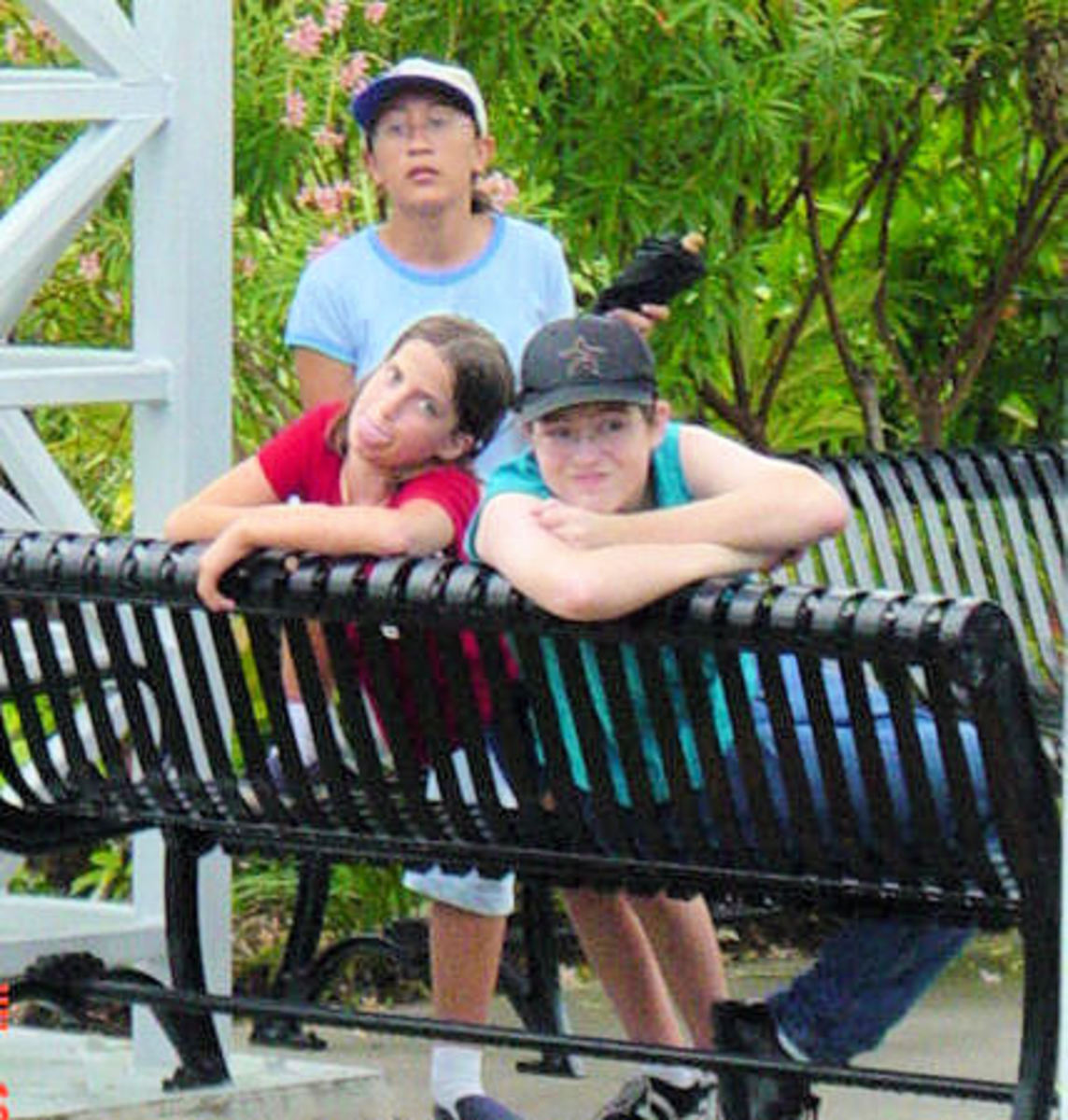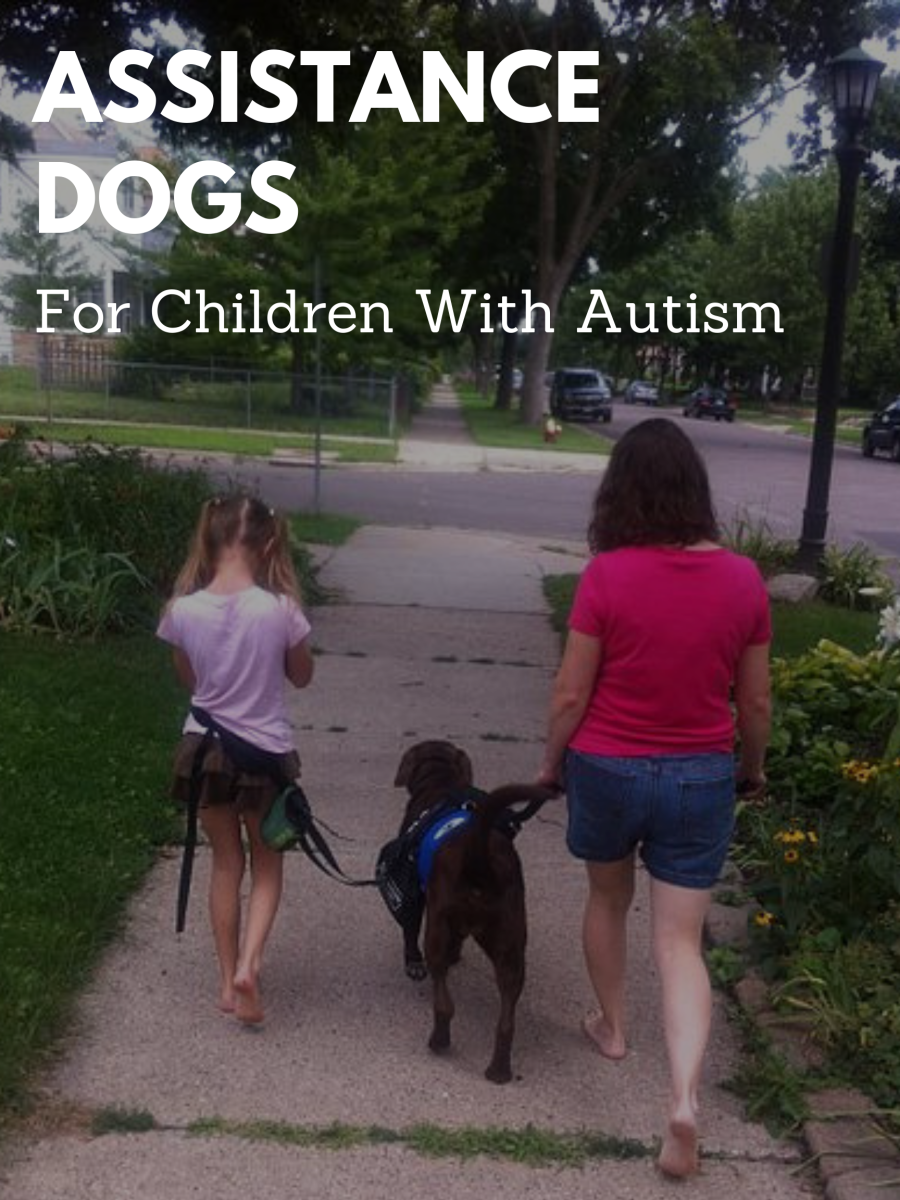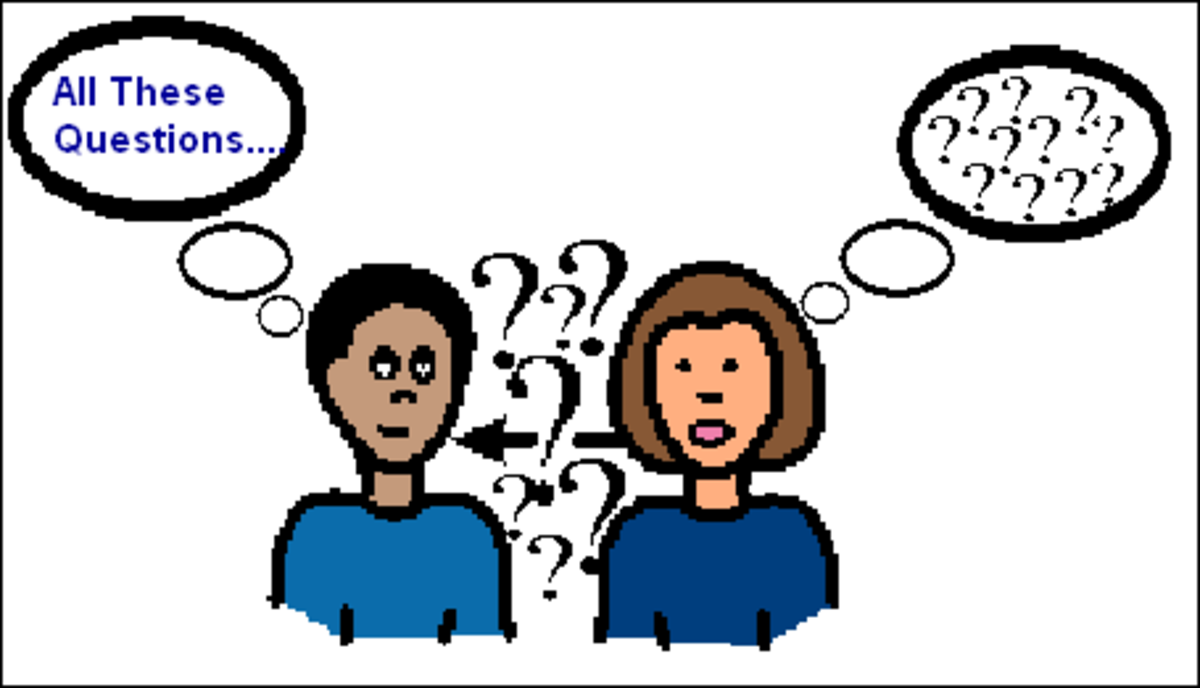When To Screen Your Child For Autism

The Center for Disease Control estimates that 10-20 out of every 10,000 people are affected by Autism, averaging 1 in 110 children, and the numbers are rising. Autism is considered to be the fastest growing
developmental disability in the United States. Over the last 15 years, diagnoses have risen a whopping 172% without any indication of leveling off. In fact, there has been a 57% increase in the last four years, alone.
ASD is an acronym for Autism Spectrum Disorders which covers three categories of autism, Autistic Disorder, Apserger Syndrome, and Pervasive Developmental Disorder – Not Otherwise Specified (PDD-NOS). These developmental disabilities can cause serious social, communication, and behavioral challenges because those afflicted with an ASD mentally process information differently than those not afflicted.
Autism Disorder, often referred to as Classic Autism, is usually noted by the time a child reaches the age of three, and is characterized by communication and social interaction impairments, in addition to repetitive or restricted behaviors. Such infants and toddlers are less likely to smile and respond to others, or upon hearing their own name. The majority of autistic children do not develop the same level of security attachment as their non-autistic peers, however, they can form very close attachments to their primary caregivers.
During the first two years, autism can be noted through a diminished responsiveness to verbal stimuli, delayed speech development, and the presence of unusual gestures. As they age, they will be less likely to communicate or share an experience or to make requests of another, more often simply repeating another's words (echolalia).
An autistic individual may be generally resistant to change of any kind, preferring ritual-like routines in their dressing, diet, or play. They may engage in repetitive movements such as body rocking, specific sound making, or flapping their hands. Play may be punctuated by a set of self-imposed rules such as arranging blocks in a line, or stacking them a certain way.
No two children are alike when diagnosing Asperger Syndrome because of the wide variety of symptoms. However, the main symptom associated with the syndrome is a lack of social skills development. Parents of children with the syndrome usually notice the difficulties around the time the child begins to interact with other children during the pre-school years.
Sufferers of Asperger Syndrome often appear to lack empathy and often avoid eye contact, with a tendency to simply stare. They may have unusual facial expressions and postures, in addition to delayed motor development. Because of a lack of inborn social skills, they may not recognize the difference in tone and pitch of another's speech, rendering it impossible for them to understand what is meant by a statement. Their ability to understand a joke is impaired due to this lack of recognition, and they may take statements literally.
Though they may like to talk a lot, one-sided conversations are common as they have difficulty understanding the concept of taking conversational turns and exchanging ideas. Very often they are preoccupied with a specific topic or interest in which they are quite knowledgeable. They often verbalize internal thoughts, though it can be difficult for others to understand their meaning since there is no changing in tone, pitch, or accent.
Those diagnosed with PDD-NOS are those who exhibit several symptoms associated with Pervasive Developmental Disorders, though the criteria is not met for any one specific disorder. In other words, there may exists several symptoms associated with Asperger Syndrome but not enough to meet the standardized guidelines for a diagnosis of such. Symptoms include language and/or motor skill development, social skills impairment, obsessions, sensory and/or emotional issues, and exhibiting strange or “different” coping mechanisms.
PDD-NOS is a term used to categorize children exhibiting one or more symptoms normally associated with Autism or Asperberger's Syndrome, but does not fully meet the full parameters of those disorders. Those with PDD-NOS are generally considered to be high functioning because they have only a few, mostly mild symptoms relating to the Autism Spectrum, though it is also possible for a child to have severe language/communication skills, yet not be diagnosed with Autism due to the lack of any other indicating symptoms.
At this time, physicians are not in agreement about when a child should be diagnosed with PDD-NOS, and it is not uncommon to receive two different diagnoses from two different doctors examining the same child.
What To Look For:
While disorders on the Autism Spectrum encompass a wide array of behaviors and characteristics, there are several “red flags” which may indicate a child should be screened for Autism.
By the age of six months a child should be engaging in the exchange of big smiles, and other behaviors associated with happiness and excitement.
By the age of nine months a child should be engaging in the exchange of sounds such as gurgling. Does the child exchange smiles, and other facial expressions?
By the age of twelve months a child should be generating his own sounds without an outside stimulus such as a parent or sibling. In other words, she should be engaging in baby talk or babbling. At this age, a child should also be exhibiting communication through physical gestures such as pointing and waving.
By the age of 16 – 18 months, a child should be capable of forming a few words. These words may not sound exactly like an adult would pronounce them but they are words used and accepted by the child in an effort at communication such as dada (daddy), mama (mommy), baba (bottle), etc.
By the age of 24 months a child should be capable of constructing two-word phrases by their own volition. In other words, the phrases are generated for their own communication purposes and not simply to repeat or mimic someone else.
If there is a loss of speech/communication or other social skills at any age, a child should be examined.
If you found this information helpful, please pass it on by clicking the Tweet, Like, or +1 button provided at the top of the page.
- Shaken Baby Syndrome - Manmade Myth
Recent medical research has cast a shadow of doubt that is fast becoming a blanket of darkness over the question of whether Shaken Baby Syndrome is a reality or a dangerous synonym for I don't know what... - Is Your Child Depressed?
When speaking of depression, one immediately associates the mental state with people of adult age. The truth is that depression can strike at any age. Children and teens are no less likely to experience... - Recognizing Basal Cell Cancer
Basal Cell Carcinoma is a slow growing form of skin cancer. It is the most common type of skin cancer, accounting for 75% of all skin cancers reported. Though it's not likely to become deadly and... - Here's Your Sign - Basal Cell Cancer
Personal account of the discovery of cancer, the dangers of ignoring it, and the inevitable required surgery which could have been avoided. Basal Cell Cancer is the least dangerous of the different skin cancers, however, allowing it to grow unchecked









